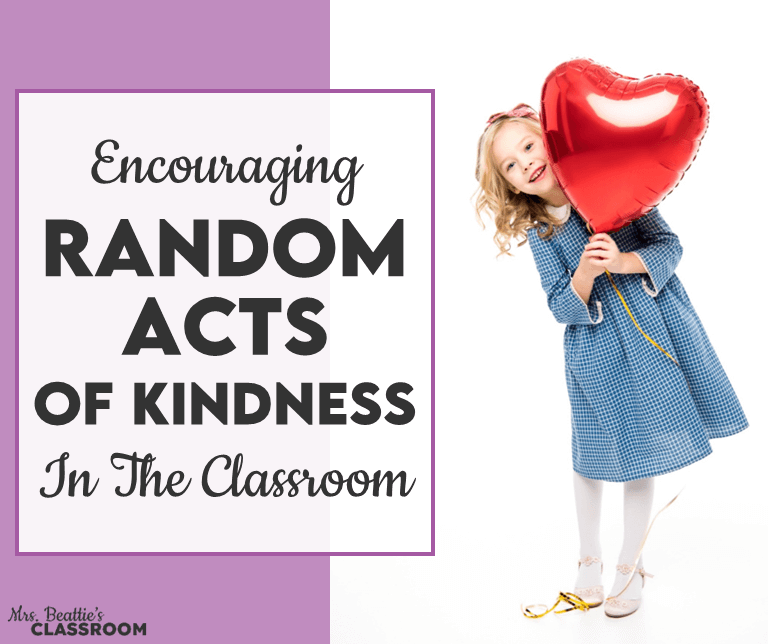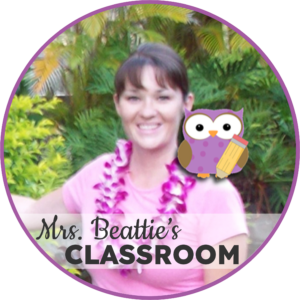I had an instructor once tell me that as a teacher, I shouldn’t be the “sage on the stage” but rather the “guide on the side.” I’ve never forgotten this analogy and think of him often as I work to encourage quality whole-class discussions with my students.
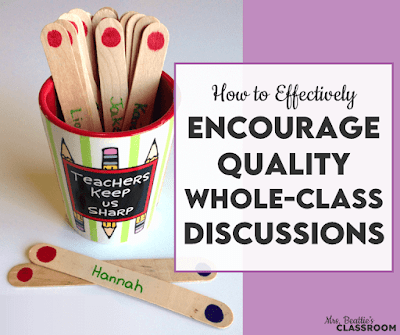
When managed correctly, whole-class conversations are valuable learning opportunities. They should not be teacher-directed but teacher-facilitated. The goal of any class discussion should be learning, but that should be achieved by students working through their thinking, not the teacher dumping it into their laps.
Goals of Whole-Class Discussion
Effective whole-class discussions should do several things. They should:
- Engage all students in the learning.
- Encourage students to ask questions.
- Spark interest in the topic.
- Include as many voices as possible.
- Generate a sense of safety and environment that supports risk-taking.
Start With Ground Rules
I like to start the school year by setting some ground rules for collaboration of any kind. This includes our whole-class discussions and small-group activities.
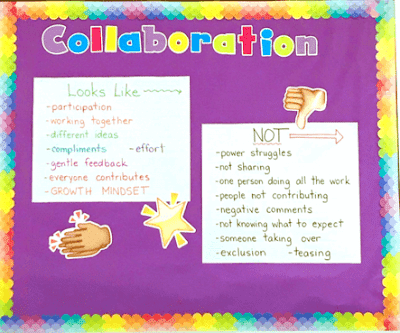
We do this together by discussing what the students like about group work and what turns them off. Using the students’ thinking makes the ground rules much more powerful. They feel ownership, and because of that, they are more likely to follow these rules.
Strategies for Encouraging Quality Discussion
There is no one perfect way to get students talking during your lessons, but I have a few favorite strategies.
Random Pickers
One great way to engage all your students in class discussions is to randomly choose them to share their thinking. You do need to be sensitive to the topic when using random name pickers, though. Be sure that the content is accessible to everyone and not sensitive. I wouldn’t necessarily use this one when teaching about puberty!

Hand Signals
For me, nothing is more disruptive to a great whole-class discussion than the student with their hand up who wants to use the washroom and has nothing to contribute to the conversation.
I’ve implemented hand signals in my classroom to avoid these interruptions in the flow of a great class discussion. There is a signal for sharing a comment or thought, asking a question, using the washroom, getting a drink, or getting a tissue. If my students use the hand signal during a lesson or whole-class discussion, I can give a quick nod or shake of the head without stopping the entire class.

#TeacherWin
Grab a copy of these free right here:
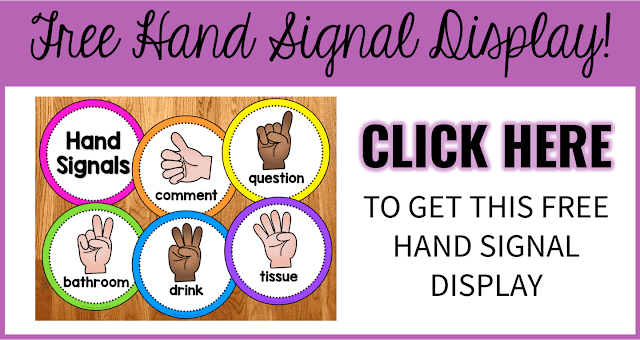
Turn and Talk
I’ve mentioned before that turning and talking about a topic makes students more inclined to share their thinking in a whole-class setting. It is like a test run of their ideas and a great way to warm them up before starting a whole-class discussion.
Accountable Talk
It is important to remember that sometimes, our students don’t know how to participate in a discussion appropriately. For this reason, I also love to have examples of accountable talk starters posted in the classroom for them to refer to during conversations.
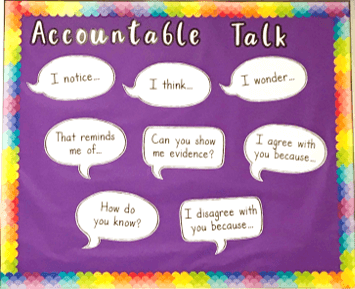
You can grab these posters here if you’d like to try them out in your classroom:

Posting these is a great way to place the responsibility for a quality whole-class discussion back on the students. Don’t be the sage on the stage!
f you have enjoyed this post, please share it with friends and colleagues on Facebook or pin it on Pinterest:



